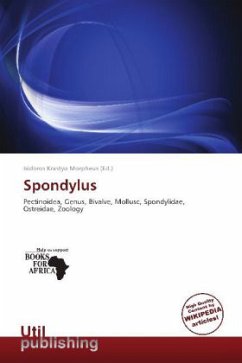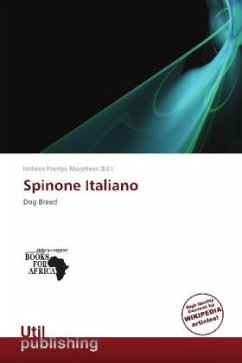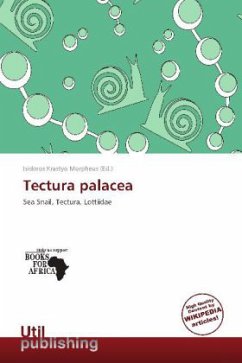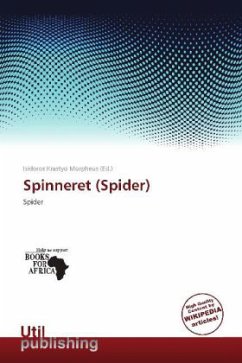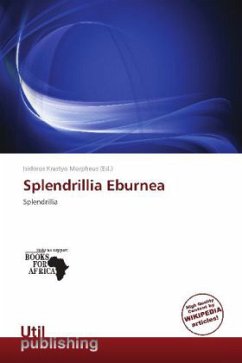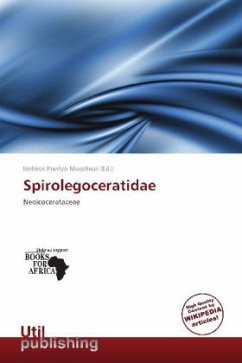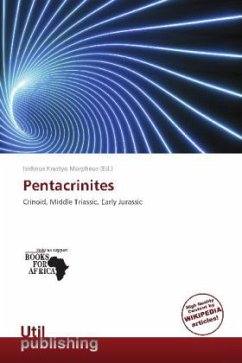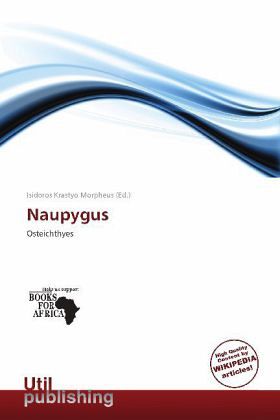
Naupygus
Osteichthyes
Herausgegeben: Krastyo Morpheus, Isidoros
Versandkostenfrei!
Versandfertig in 6-10 Tagen
23,99 €
inkl. MwSt.

PAYBACK Punkte
12 °P sammeln!
Please note that the content of this book primarily consists of articles available from Wikipedia or other free sources online. Osteichthyes, also called bony fish, are a taxonomic group of fish that have bony, as opposed to cartilaginous, skeletons. The vast majority of fish are osteichthyes, which is an extremely diverse and abundant group consisting of over 29,000 species. It is the largest class of vertebrates in existence today. Osteichthyes is divided into the ray-finned fish (Actinopterygii) and lobe-finned fish. In most classification systems the Osteichthyes are paraphyletic with land...
Please note that the content of this book primarily consists of articles available from Wikipedia or other free sources online. Osteichthyes, also called bony fish, are a taxonomic group of fish that have bony, as opposed to cartilaginous, skeletons. The vast majority of fish are osteichthyes, which is an extremely diverse and abundant group consisting of over 29,000 species. It is the largest class of vertebrates in existence today. Osteichthyes is divided into the ray-finned fish (Actinopterygii) and lobe-finned fish. In most classification systems the Osteichthyes are paraphyletic with land vertebrates. That means that the nearest common ancestor of all Osteichthyes includes tetrapods amongst its descendants. Actinopterygii (ray-finned fish) are monophyletic, but the inclusion of Sarcopterygii in Osteichthyes causes Osteichthyes to be paraphyletic. Paradoxically, Sarcopterygii is considered monophyletic, as it includes tetrapods.



